Comprehensive analysis of DID LCD splicing screen technology
- author:
- 2024-05-27 08:37:02
DID is the abbreviation of Digital Information Display. It is a new generation of LCD display technology launched by Samsung Electronics in 2006. In 2020, Samsung announced its withdrawal from the China LCD market. This technology is widely used in various industries, such as hydropower production dispatching, military command, urban management, mining security, environmental monitoring, fire fighting, meteorological and maritime command systems; government enterprise video conferencing, financial securities, airport subway shopping malls, hotel communication information, etc. Information release; display systems such as theaters, sports venues, fairs, gatherings, concerts, Party media advertisements, and commercial leasing of display equipment in LCD displays. As a unique display technology, DID is different from ordinary LCD displays in that it improves the arrangement structure of liquid crystal molecules so that it can be placed horizontally and vertically suspended. DID LCD screens have the characteristics of high brightness, high definition (1080P), long life, stable operation, and low maintenance costs. It provides customers with an ultra-high resolution and large display area LCD screen in single-screen high-resolution (1366X768, 1920X1080) and full-screen (1366xMx768xN, 1920xMx1080xN). Currently, the main size of Samsung's DID LCD screen are 32 inches, 40 inches, 46 inches, 49 inches, 55 inches, 70 inches and 85 inches and 98 inches. 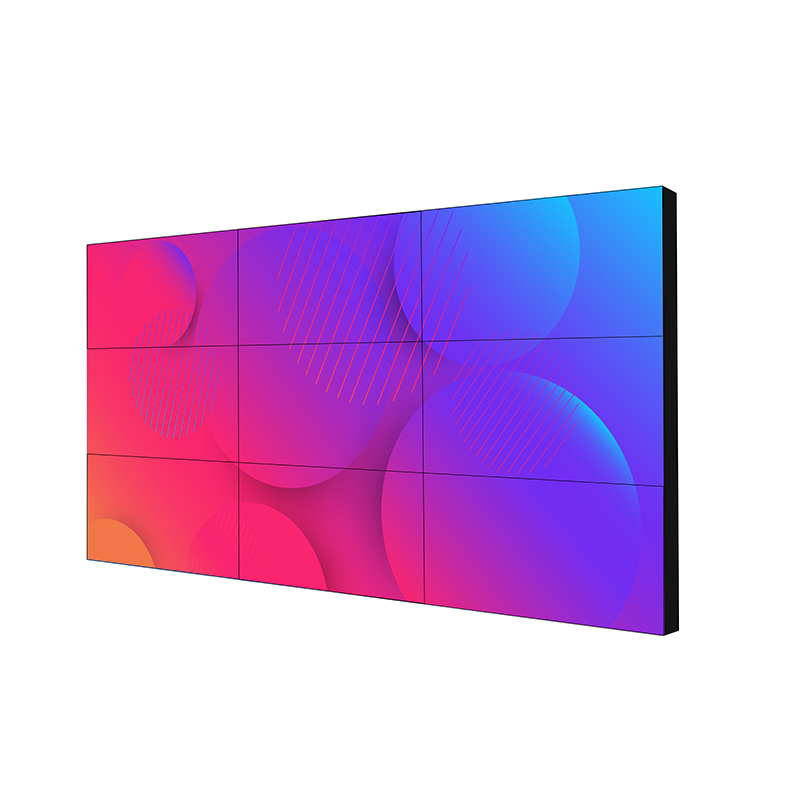
二、DID液晶屏特点:
1. High brightness
Compared with TV and PC LCD screens, DID LCD screens have higher brightness. The brightness of a TV or PC LCD screen is generally only 250~300cd/m2, while the brightness of a DID LCD screen can reach more than 700cd/m2.
2. High contrast
DID LCD screens have a contrast ratio of 1200:1, or even 10000:1, which is more than twice that of traditional PC or TV LCD screens and three times that of general rear projection.
3. Better color saturation
At present, the color saturation of ordinary CRTs is only about 50%, while DIDLCD can reach a high color saturation of 80%-92%. This is due to the color calibration technology professionally developed for DID products. Through this technology, in addition to still pictures Color calibration, dynamic pictures can also be color calibrated, so as to ensure the accuracy and stability of picture output.
4. A wider perspective
PVA (Patterned Vertical Alignment) technology is an image vertical adjustment technology. With this technology, the viewing angle can reach double 180 (horizontal and vertical).
5. Better reliability
Ordinary LCD screens are TVs, and PC monitors are designed and do not support continuous use day and night. DID LCD screens are designed for monitoring centers and display centers and support continuous use 7x24 hours a day.
6. Pure flat display
LCD is a representative of flat panel display equipment. It is a true flat display. It has no large picture of curvature and no distortion.
7. Ultra-thin narrow edge design
DID products not only have a large display area, but also have the advantages of thin thickness and light weight, which can be easily spliced and installed. The LCD screen dedicated for splicing has its narrow edge design so that the edge of its single piece is even less than 1 cm, so that the small edge effect will not affect the overall display effect of the entire display.
8. Uniform brightness, stable image without flashing
Because every dot on the LCD maintains that color and brightness after receiving the signal, it does not need to constantly refresh the pixels like a CRT.
Therefore, the LCD has uniform brightness, high image quality and absolutely no flicker.
9. 120HZ doubling refresh frequency
The 120Hz frequency-doubled liquid crystal display technology of DID products can effectively solve smearing and blurring during rapid image movement, enhance the clarity and contrast of the image, make the picture clearer, and make the human eye less likely to fatigue after viewing for a long time.
10. Longer service life
The service life of the backlights of ordinary LCD screens used by NB, PC and TV is 10,000 to 30,000 hours, while the service life of the backlights of DIDLCD LCD screens can reach more than 50,000 to 100,000 hours, which ensures that the brightness, contrast and chromaticity of each LCD screen used for splicing displays are consistent after long-term use, and ensure that the service life of the display screen is not less than 50,000 hours.
3. Composition structure of DID liquid crystal display system
The DID liquid crystal display system consists of three major parts, namely a spliced display wall, a multi-screen spliced processor and a signal source. Among them, the multi-screen splicing processor is the core of the key technology. It supports the display of images with different pixels on the large-screen display wall, and the opening of windows at will on the large-screen display wall, zooming in and out of windows, and roaming across screens.
DID LCD splicing display systems are widely used. Their large-screen splicing pictures are large, have strong visual impact, and have excellent display, demonstration, advertising and publicity effects. The system is easy to install, is not limited by space, and can be used in the following areas:
- Power production dispatch control center: dispatches and controls power production to ensure the stability and reliability of power supply.
- Military Command and Control Center: Provides support for military command, helps commanders make decisions, and improves operational efficiency.
- Urban Management Emergency Command Center: Respond to urban emergencies, such as fires, earthquakes, etc., and improve the level of urban management.
- Traffic Management Command Center: Manage and dispatch traffic, alleviate traffic congestion and improve traffic efficiency.
- Industrial process control display system: Monitor and control industrial production processes to improve production efficiency and quality.
- Radio and television display and monitoring system: used for the production and broadcasting of radio and television programs, as well as the monitoring of radio and television signals.
- Shopping malls, hotels, communication information display system: provides information display services for shopping malls, hotels, communication and other places to facilitate customers to obtain information.
- Financial Securities Information Display System: Provides information display services for the financial securities industry to help investors make decisions.
- Government and Enterprise Multimedia Video Conference Display System: Provides multimedia video conference services for governments and enterprises to improve meeting efficiency and communication effectiveness.
- Mining safety production monitoring system: Monitor the mining production process to ensure safe production.
- Urban environmental monitoring and command system: Monitor the urban environment, detect environmental problems in a timely manner, and improve the quality of the urban environment.
- Fire, meteorological, and maritime flood control command system: Provide command support to fire, meteorological, maritime flood control and other departments to improve emergency rescue efficiency.
- Airport and subway flight display, baggage and safety monitoring system: Monitor flights, baggage and safety at the airport and subway to ensure the safety and smooth travel of passengers.
- Theater, media advertising, exhibition display system: Provide information display services for theaters, media advertising, exhibitions and other venues to attract the attention of the audience.
- Brand store image display system: Display brand image and enhance brand awareness and reputation.
- Concert: Provide stage background and special effects display for the concert to enhance the performance effect.
- Display equipment leasing: Provide display equipment leasing services to meet the different needs of customers.
TAG:
Guess you want to see it
Popular information
-
As a qualified project manager with LCD splicing screens, what issues should I pay attention to when
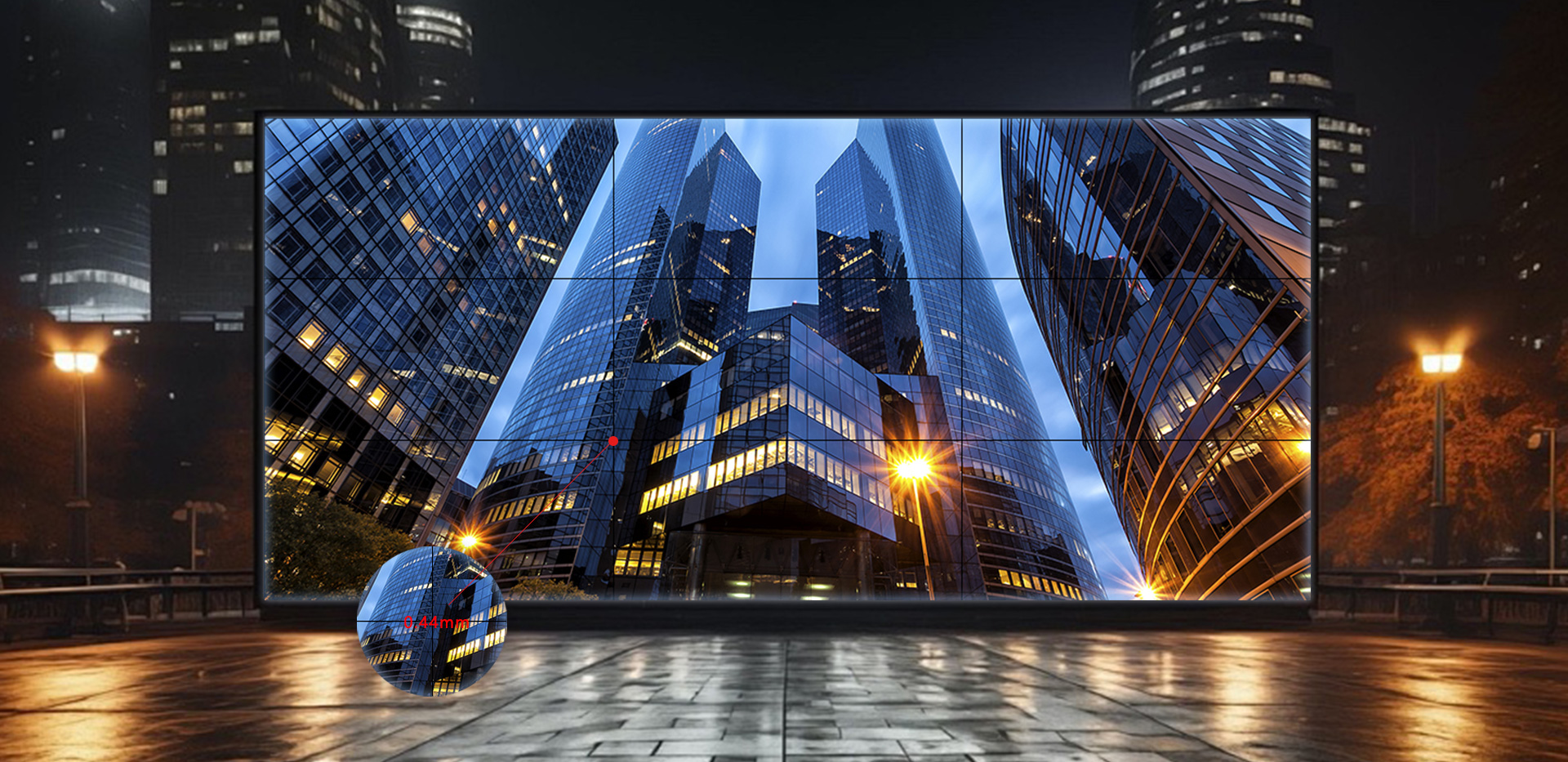
-
LCD versus LED display-which is better?
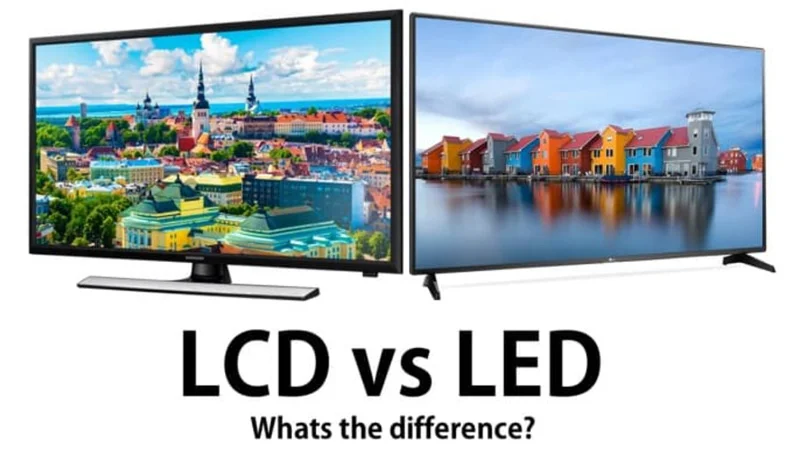
-
An article clearly sees the differences between PDP plasma, LCD, and LED displays?

-
Liquid crystal displays and LED displays: Past, Present and Technical Analysis
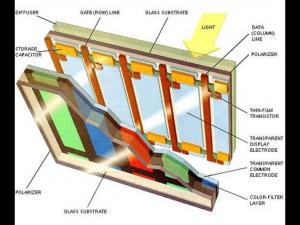
-
Items to pay attention to when purchasing LCD displays

-
Huike develops green TED high-penetration technology
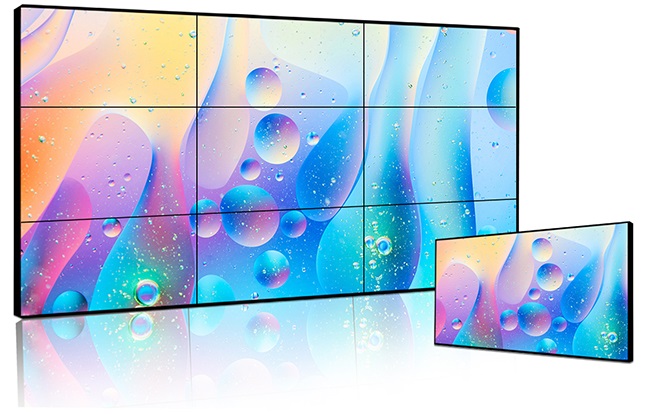
-
Comprehensive analysis of DID LCD splicing screen technology

the charts
- San 'an Optoelectronics: Domestic products are becoming more and more involved, taking advantage of
- Items to pay attention to when purchasing LCD displays
- Comprehensive analysis of DID LCD splicing screen technology
- As a qualified project manager with LCD splicing screens, what issues should I pay attention to when
- An article clearly sees the differences between PDP plasma, LCD, and LED displays?
- Huike develops green TED high-penetration technology
- Liquid crystal displays and LED displays: Past, Present and Technical Analysis
- LCD versus LED display-which is better?
